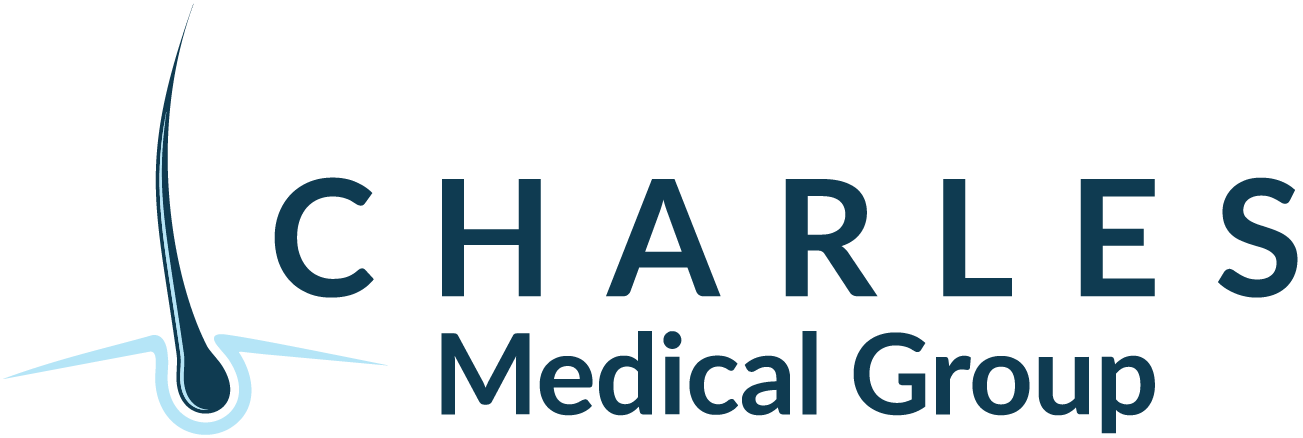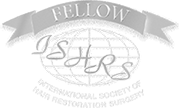Understanding Temporal Hair Recession
Temporal hair recession is a subtle yet distressing form of hair loss that affects many individuals. It typically manifests as a thinning or receding hairline around the temples, often leading to a more pronounced forehead and an aged appearance. The causes of this condition can vary, with genetics playing a significant role. However, other factors such as hormonal changes, stress, certain hairstyles, and lifestyle choices can also contribute to the onset of temporal hair recession.
Identifying the Signs of Temporal Hair Recession
Early identification of temporal hair recession is crucial for effective intervention. Signs to look out for include a gradual retreat of the hairline at the temples, increased scalp visibility in the affected area, and a change in the way your hair frames your face. If you notice these signs, it’s important to seek professional advice, as early treatment can help slow down or even reverse the progression of hair loss.
Personalized Treatment at Charles Medical Group
At Charles Medical Group, Dr. Glenn Charles employs a tailored approach to address temporal hair recession. Recognizing that each patient’s hair loss journey is unique, Dr. Charles and his team offer personalized consultations to evaluate the extent of hair loss and discuss the most suitable treatment options. For many, hair transplantation remains the most effective long-term solution for restoring hair density in the temporal region.
Minimally Invasive Hair Transplant Techniques
Minimally invasive hair transplant techniques, such as Follicular Unit Extraction (FUE) and Follicular Unit Grafting (FUT), are central to Charles Medical Group’s restoration strategies. FUE involves individually extracting hair follicles from a donor area and transplanting them to the temples, while FUT involves taking a strip of hair from the donor area to obtain follicular units. Both methods are designed to yield natural-looking results and improve the hairline’s contour. Dr. Charles’ expertise in these procedures ensures minimal discomfort and downtime, allowing for a smoother recovery process.
Non-Surgical Treatment Options
In addition to surgical options, Charles Medical Group also offers non-surgical treatments that can complement hair transplants or serve as stand-alone options for those experiencing early stages of hair recession. These may include topical or oral medications like Minoxidil and Finasteride, low-level laser therapy (LLLT), and Platelet-Rich Plasma (PRP) injections. These treatments can help stimulate hair growth and improve scalp health, contributing to a fuller appearance.
Post-Restoration Care
Post-restoration care is essential for maintaining the health and appearance of your newly transplanted hair. Dr. Charles provides comprehensive guidelines on how to care for your scalp and hair following treatment, including gentle cleansing routines, proper nutrition, and avoiding harsh chemicals or heat styling tools. Additionally, regular follow-up appointments are crucial for monitoring progress and addressing any concerns promptly.
The Journey to Reclaiming a Youthful Hairline
The journey to reclaiming a youthful hairline and overcoming temporal hair recession is a collaborative effort between patient and physician. With the expert guidance of Dr. Glenn Charles and the team at Charles Medical Group, individuals facing this common hair loss challenge can navigate their restoration journey with confidence. Whether through cutting-edge surgical techniques or supportive non-surgical therapies, the goal is to achieve lasting, natural-looking results that enhance not only your hairline but also your self-esteem.





